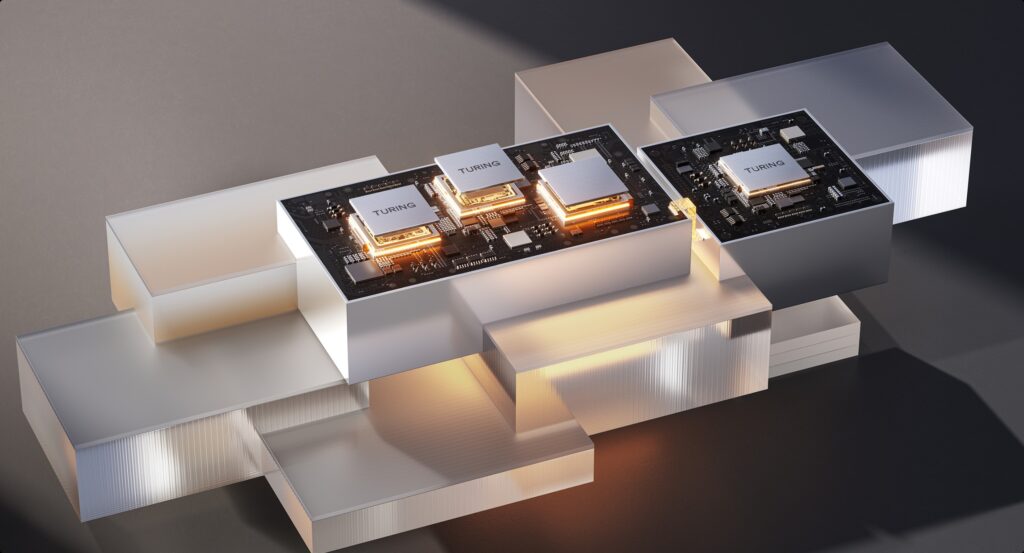
As XPENG Motor’s strategic model launched in 2025, the G7 enters the market with the positioning of an “AI-powered Smart Family SUV.” Leveraging eight globally leading technologies, it has emerged as a game-changer in the 250,000-RMB-class SUV segment. Its core highlight lies in its L3-level computing architecture, featuring three self-developed Turing AI chips with a combined computing power exceeding 2,200 TOPS—3 to 28 times that of mainstream flagship models in the industry. This enables simultaneous operation of intelligent driving and cabin large models, boosting the smart cockpit’s response speed by 26 times. Paired with a full on-device VLA+VLM dual-model system, the vehicle can comprehend the physical world like a human, demonstrating human-like decision-making in scenarios such as road collapse avoidance and ambulance evasion, all while operating seamlessly across all environments without network latency.

In the smart cockpit domain, the G7 collaborates with Huawei to develop an 87-inch “Light Chaser Panoramic” AR-HUD, introducing three innovations: full-scenario AR lane-level navigation, assisted driving AR visualization, and safety alerts, addressing traditional HUD-induced dizziness. The entertainment system features a 15.6-inch central display and an 8-inch rear-seat entertainment screen, supporting video sharing between front and rear rows, complemented by a 20-speaker 7.1.4 surround sound system to create an immersive mobile audiovisual space.
Design-wise, the G7 integrates technology and humanism under the “Light Rhythm Utopia” philosophy, offering six exterior colors and four interior themes. Its aerodynamic silhouette achieves a drag coefficient of 0.29 Cd, while an 88% interior space utilization rate and 1,062mm front headroom redefine standards for large five-seater SUVs. The 819L trunk expands to 2,277L, paired with 39 magic storage compartments to meet all family travel needs.

The model comes standard with an 800V high-voltage platform and 5C ultra-fast charging batteries, delivering a CLTC range of 702 km and recharging 300 km in just 10 minutes. A DCC intelligent variable damping shock absorber combined with hydraulic bushings ensures a balance of sportiness and comfort. While some users note room for improvement in seat massage intensity and ventilation effectiveness, the full four-seat configuration with ventilation, heating, and massage functions underscores its deep understanding of family users.
Positioned as a “super AI vehicle,” the XPENG G7 redefines intelligent mobility, with its market performance set to validate the competitiveness of Chinese brands in the premium intelligent driving sector.

What are ESD components, and what is their importance in mobile phones? The significance of built-in ESD components.
ESD components are specialized electronic components designed to protect electronic devices from the effects of electrostatic discharge (ESD). Electrostatic discharge is a sudden release of electrical charge that can potentially damage electronic devices, leading to device malfunctions or a shortened lifespan. ESD components are designed to absorb, conduct, or dissipate electrostatic discharges to prevent damage caused by static electricity.
In mobile phones, the primary role of ESD components is to protect the internal electronic components from the harm caused by electrostatic discharge. Various circuits and components inside the phone are highly sensitive to ESD, which is why multiple ESD components are typically used in the phone’s design to provide protection. These components may include diodes, ESD diode, MOSFET and more.
Specifically, ESD components in a mobile phone may serve the following purposes:
Interface Protection: Various interfaces of the phone, such as the charging port and headphone jack, may require ESD components to prevent damage from electrostatic discharge.
RF Circuit Protection: RF circuits in mobile phones are highly sensitive to ESD and require ESD components to safeguard these critical circuits.
Processor and Memory Protection: Processors, memory, and other crucial components in the phone also require ESD protection to ensure the device’s normal operation.
Touchscreen and Display Protection: The touchscreen and display are integral parts of a mobile phone that also require ESD components to prevent static electricity damage.
In summary, ESD components play a crucial role in protecting the internal electronic components of a mobile phone from damage caused by electrostatic discharge, ensuring the phone’s proper operation and longevity.